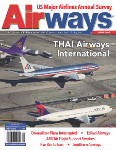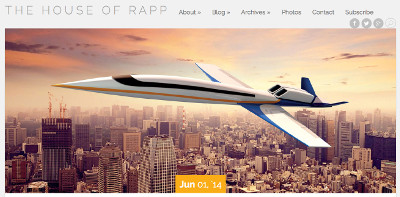
Ron Rapp proposes a return to supersonic passenger flight in his “Blogging in Formation” post today. While commercial supersonic flight ended with Concorde’s grounding in 2003, Ron proposes that corporate aviation is on the verge of supersonic growth.
http://www.rapp.org/archives/2014/06/supersonic/
While I applaud his optimistic approach, and would love to see supersonic corporate jets become a legitimate emerging market, I just don’t see it happening in any realistic timeline. Supersonic travel is the domain of military aircraft where passengers are few (one or two pilots) and budgets are nearly indefinite. As Ron points out, the slim aircraft bodies required, and large fuel expenditures needed, make the leap above the speed of sound unprofitable for commercial air travel. Furthermore, sonic booms discourage domestic flights above Mach 1. City pairs that can benefit from supersonic travel are limited to those separated by an ocean.
 So why would corporations want to buy jets that save a few hours of flying time in exchange for breaking their travel budgets? Many corporations gave up their own flight departments years ago in favor of fractional aircraft ownership. NetJets filled the niche for corporations who needed to cut back on expenses, but still needed occasional access to a corporate jet. Even the U.S. President has to justify the use of Air force One lest his constituents accuse him of wasting taxpayer money. Corporations have to answer to their board of directors as well as their shareholders, and many executives have become gold, platinum, emerald, or other premium customers on commercial airlines instead of corporate jet passengers. Imagine this potential conversation opener: You want employees to take pay cuts while you buy a supersonic corporate jet? This proposal could be the beginning of corporate lynchings.
So why would corporations want to buy jets that save a few hours of flying time in exchange for breaking their travel budgets? Many corporations gave up their own flight departments years ago in favor of fractional aircraft ownership. NetJets filled the niche for corporations who needed to cut back on expenses, but still needed occasional access to a corporate jet. Even the U.S. President has to justify the use of Air force One lest his constituents accuse him of wasting taxpayer money. Corporations have to answer to their board of directors as well as their shareholders, and many executives have become gold, platinum, emerald, or other premium customers on commercial airlines instead of corporate jet passengers. Imagine this potential conversation opener: You want employees to take pay cuts while you buy a supersonic corporate jet? This proposal could be the beginning of corporate lynchings.
Ron mentions: “The VLJ sector has brought small, quiet, efficient business jets to market.” But I taxi around the Eclipse Aviation headquarters every time I land in Albuquerque. It liquidated its assets in 2009. If very light jets can’t take-off in today’s economy, I don’t see ultra-elite supersonic jets making an appearance beyond maybe Sir Richard Branson’s playground.
Ron, I applaud you for dreaming big, but I just don’t see supersonic corporate jets becoming a legitimate market. Maybe someday—but not in the next decade, at least.
Please post any comments on original Ron’s blog post:
http://www.rapp.org/archives/2014/06/supersonic/
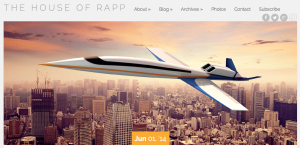
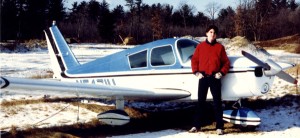

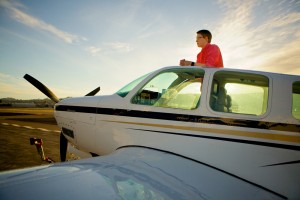
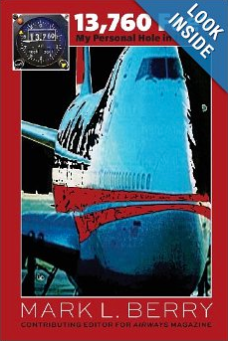
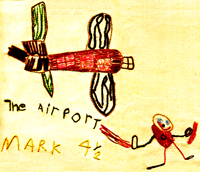
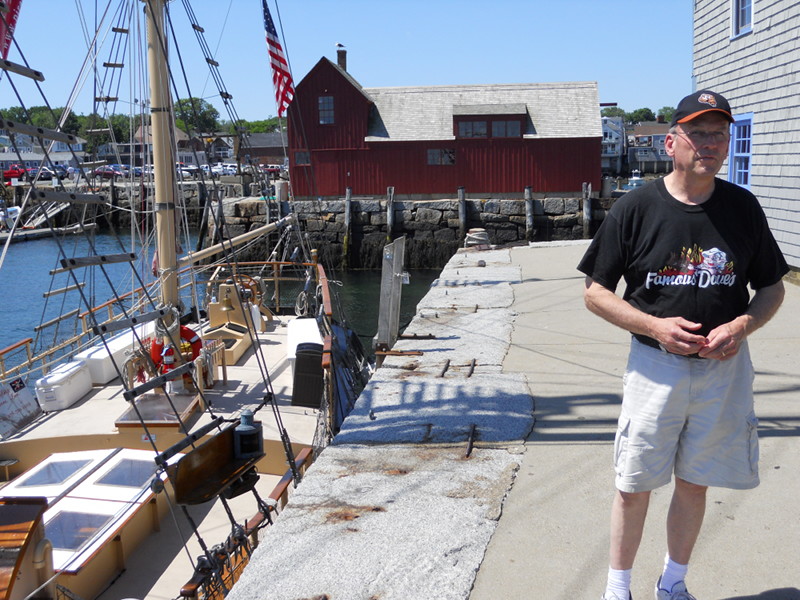
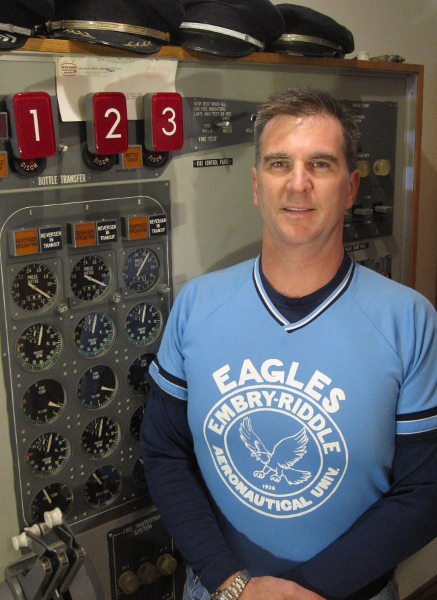
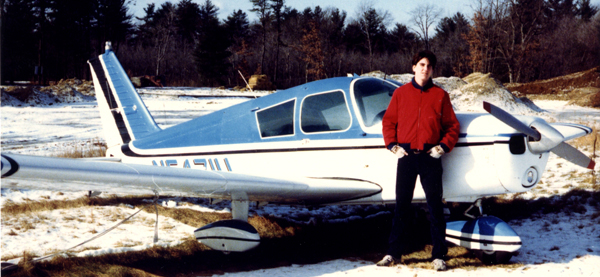
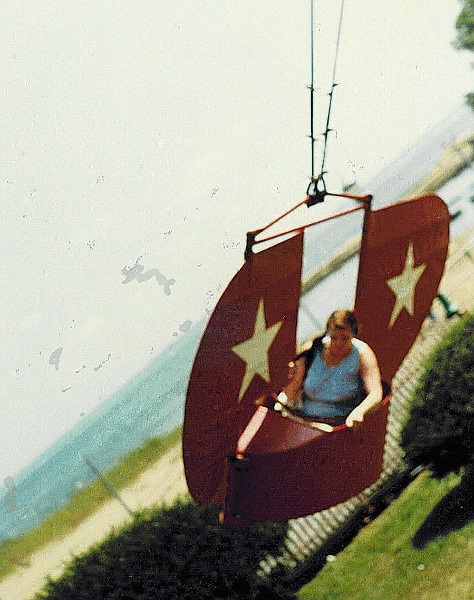
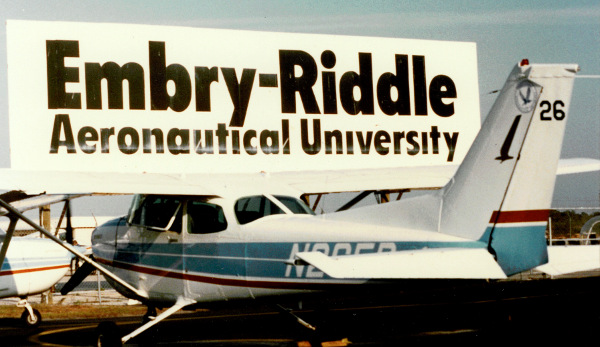
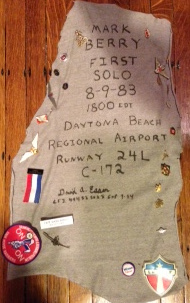
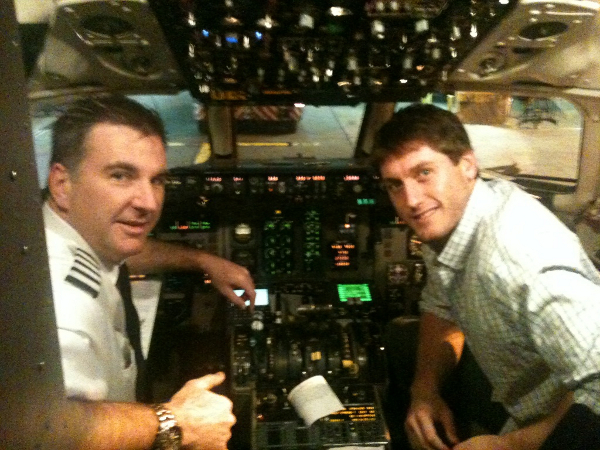


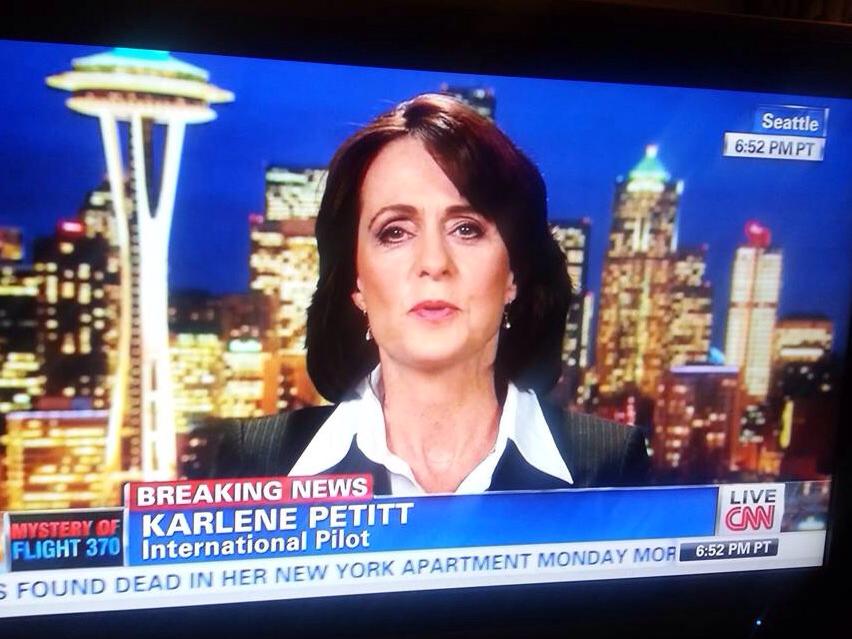
 Sometimes we are not polite, and anonymous blog posters throw verbal hand grenades at other peoples’ ideas; I approve all but the most vulgar posts on my blog in the interest of sharing different points of view. But others offer more constructive criticism—new clues or corrections why one theory or another doesn’t quite fit, and needs to be adjusted. I’m hoping my fellow aviator Ron will share his expertise on ELTs (emergency locator transmitters) and why he feels we would have found the aircraft already if it crashed on land or in the water. ELTs only send out a signal after the force of an impact triggers them. My buddy Warren asked me, in a not so friendly flabbergasted tone: “Why can the oxygen on an airplane even be turned off on an airplane?” And of course the answer is: it would need to be shut off periodically for maintenance or servicing. “But why in flight?” Well, the law-abiding majority of us find it difficult to imagine how someone would want to deliberately misuse a safety system. And I’m not saying that happened for sure on the Malaysia flight. But our collective speculation about the unknown allowed us to debate that idea, and now regulators and manufacturers might consider designing a system that can only be shut off on the ground. Will this make aviation safer? It might, or it might not. But my point is that our social media postings—our desperate attempt to make sense of a critical situation that has left us too few clues—can still be put to productive use. No theory is ridiculous if it brings about a positive change.
Sometimes we are not polite, and anonymous blog posters throw verbal hand grenades at other peoples’ ideas; I approve all but the most vulgar posts on my blog in the interest of sharing different points of view. But others offer more constructive criticism—new clues or corrections why one theory or another doesn’t quite fit, and needs to be adjusted. I’m hoping my fellow aviator Ron will share his expertise on ELTs (emergency locator transmitters) and why he feels we would have found the aircraft already if it crashed on land or in the water. ELTs only send out a signal after the force of an impact triggers them. My buddy Warren asked me, in a not so friendly flabbergasted tone: “Why can the oxygen on an airplane even be turned off on an airplane?” And of course the answer is: it would need to be shut off periodically for maintenance or servicing. “But why in flight?” Well, the law-abiding majority of us find it difficult to imagine how someone would want to deliberately misuse a safety system. And I’m not saying that happened for sure on the Malaysia flight. But our collective speculation about the unknown allowed us to debate that idea, and now regulators and manufacturers might consider designing a system that can only be shut off on the ground. Will this make aviation safer? It might, or it might not. But my point is that our social media postings—our desperate attempt to make sense of a critical situation that has left us too few clues—can still be put to productive use. No theory is ridiculous if it brings about a positive change.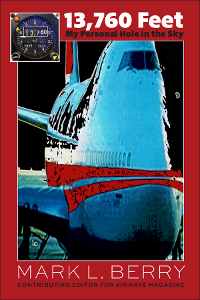
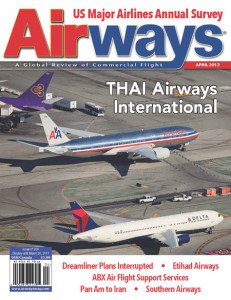
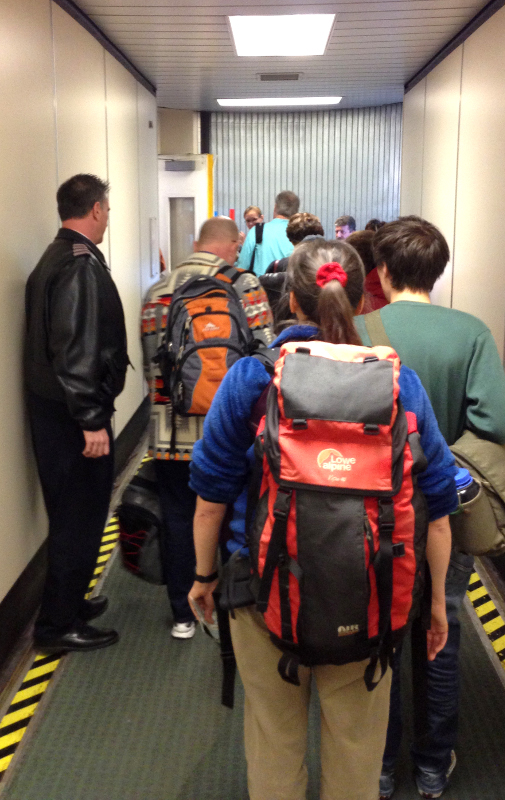 As I drag my overstuffed rollaboard and piggy-backing worn-leather flight kit down the fluorescent-lit Jetway, this chute is often stuffed with people waiting to board. I greet the cue with a joke to encourage them to politely let me pass by: “Excuse me please, I promise that I won’t take your seat. I have my own that has both a forward-facing window and access to an aisle.”
As I drag my overstuffed rollaboard and piggy-backing worn-leather flight kit down the fluorescent-lit Jetway, this chute is often stuffed with people waiting to board. I greet the cue with a joke to encourage them to politely let me pass by: “Excuse me please, I promise that I won’t take your seat. I have my own that has both a forward-facing window and access to an aisle.”